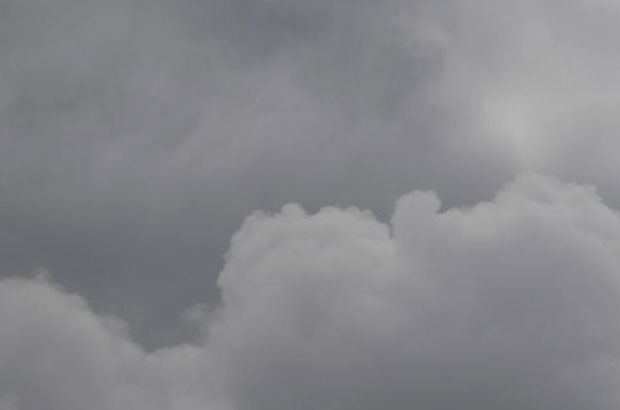The Earth’s waters are primeval. The water that now fills our oceans and our bodies and animates our environment is the same water that provided a home to the first forms of life four billion years ago.
Water is everywhere. It gets around like nothing else on earth. Rain falls from the clouds, gathers in streams and rivers. It freezes in snow, and writes ancient history into glaciers and polar ice fields. It irrigates fields, and hides out in dense forests and underground soils. Its inevitable liquid destination is the vastness of oceans—but there it churns, evaporates and rises to sail through the skies in an infinite variety of cloud forms.
The water cycle is what keeps life on earth—the Biosphere—in sustainable balance. Like other greenhouse gases, water vapor holds the sun’s warmth close to the earth’s surface; the oceans are vast thermostats. Water, in the quality of its short-term presence or absence, expresses itself as weather.
Water’s long-term maintenance of climatic equilibrium over time is a fundamental measure of the health of our environment. As atmospheric levels of carbon dioxide rise, the water cycle is stressed in various ways. Warming water expands our oceans, as does runoff from melting land ice. Warming oceans and skies will also create conditions for extreme weather shifts—more intense rains in some areas, increased drought in others. These changes pose an undiminishable threat to our way of life: to the economic and food security of millions of people; to the health of many species communities; and to our ability to ensure a stable future for our children and grandchildren.
Our waters themselves are eternal—they were here millions of years before us and will be here millions of years after. At this moment, however, human civilization is placing profound stress on a climactic equilibrium established across millennia. Our generation is the first to fully appreciate the magnitude of this challenge. How will we respond? We must avoid becoming fatigued by the question.
Cloud Mother, a sound installation appearing Aug. 20-21 as part of Seattle’s Arts in Nature Festival, offers a poetic and personal contemplation of this life-sustaining water cycle by imagining the sky as a great nursery. Here, dense, fecund cumulonimbus clouds give birth to sweet baby drops of rain—setting our entire cycle of life in motion again and again.
Entering the installation space, visitors will find themselves in the center of one such cloud. Listening closely, one may hear the fragile sounds of tiny raindrops popping into being… and the many voices of the cloud mother herself, embracing these newborns for a sweet moment before they drizzle downward together, each tiny face a prismatic reflection of the entire world.





